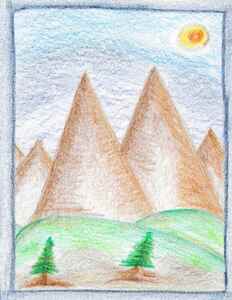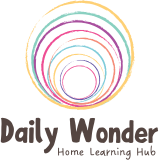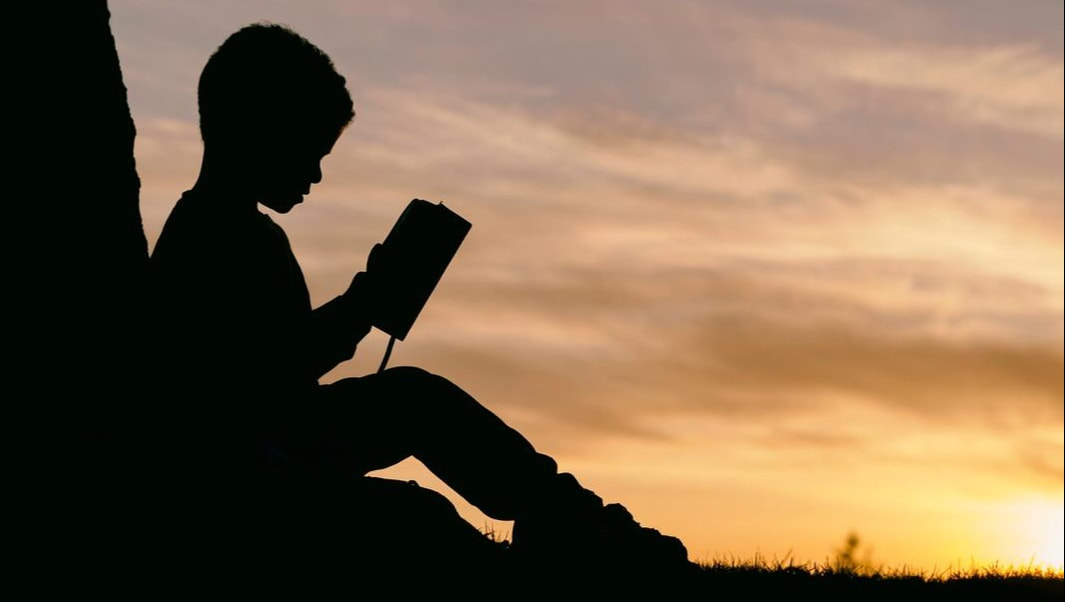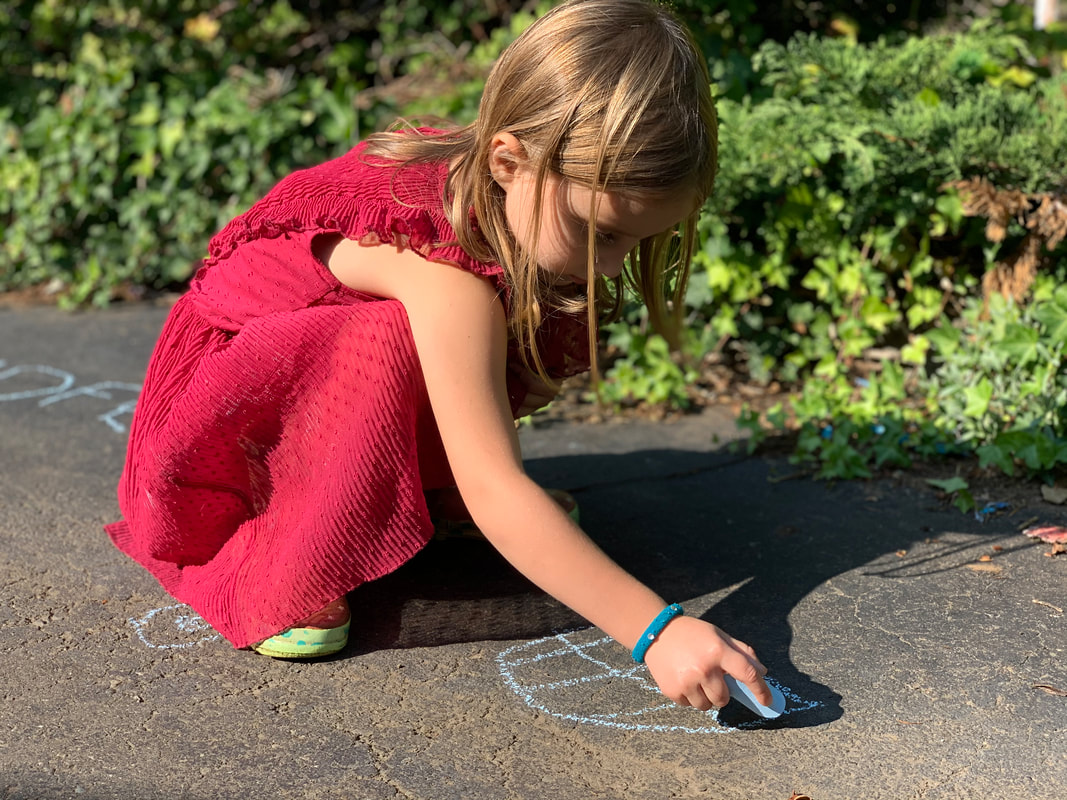Daily Wonder Literacy ProgramAt Daily Wonder, learning to read evolves for each child in the same form as it evolved from the beginning of humanity: spoken language developed first, then people drew pictures to communicate their ideas, followed by symbols such as hieroglyphics and finally the abstract letters of our modern alphabets. Once there was a written language, people learned to read. This unfolding inspires the sequence of the literacy program laid out in Daily Wonder curriculum. For Daily Wonder, the central theme for all lessons, in every subject, is the human story. We use storytelling to shape and deliver the living pictures behind every lesson, including the literacy program. In the Early Years, from birth to age seven, the focus is on the spoken word. When children are young, the emphasis is on spoken verses and stories: nature stories, folktales and fairy tales. Parents and teachers are ‘storytellers’ and are careful not to ‘dumb down’ or simplify the language of fairy tales. Parents and teachers are encouraged to be careful to use clear speech and enunciate well, as this immersion in literature is the basis of literacy. This immersion in the spoken word also supports children later when learning to write and spell. Repetition supports retention. When the same sequence and stories are repeated daily for weeks, children learn these stories, songs and verses ‘by heart.’ Current brain research confirms that repetition aids a child’s brain development. The connections of billions of neural pathways in the brain are strengthened through repeated experiences.  Writing Begins Holistically. In Year 1 of the Daily Wonder curriculum, the alphabet is introduced in an imaginative, pictorial way. Each letter of the alphabet is presented as a picture representing an element from a story the children are told. For example, they might hear the story of a knight on a quest who had to cross mountains and a valley. The children will then draw a picture with the letter “M” forming the Mountains on either side of the “V” for Valley. In this way, the child develops a living relationship with each letter rather than going straight to the abstraction of the alphabet letters themselves. These ‘pictures’ can be described as the bridge between the pictorial thinking of the child and the abstract thinking of the adult.
After learning all the letters, children experience copying mom or dad’s writing into their portfolio. The portfolio is an artistically created record of the learning that children using Daily Wonder curriculum create themselves. These first written sentences and stories come from the children’s own experience, and the children’s first practice of ‘reading’ is the reading of their own text. Reading begins with decoding. It is important to know that reading requires decoding skills that develop in children at varying ages. At Daily Wonder we understand that learning to read will unfold naturally in its own time for the vast majority of children when given the proper support. Just as most children will learn to walk without our teaching them, and just as a child miraculously learns to speak their native language by the age of three without lessons, worksheets or a dictionary, so will most children naturally learn to read when they have a positive relationship with the spoken and written word and have been provided with the necessary tools and skills. At Daily Wonder we follow the well-researched early Literacy program set out by Janet Langley and Jennifer Militzer-Kopperl in their book “The Roadmap to Literacy.” Over the three years of the program (grades 1 through 3), Daily Wonder supports parents to bring the six layers of literacy to their children (phonemic awareness, phonics instruction, vocabulary, fluency, comprehension, writing). Once the child receives the alphabet letters and sounds pictorially and through verse and song, they begin to learn approximately 33 phonics rules over the three years. The rules support understanding and skill-building for future spelling and reading. Vocabulary, fluency, comprehension and writing are regular parts of the daily lesson plans and expand over time. Classic books expand vocabulary. At Daily Wonder, we encourage parents to provide their child(ren) with age-appropriate, well-written literature to expand their vocabulary and keep their love for reading alive. We also love a good graphic novel for those who need shorter reading stints to maintain their enthusiasm for reading. Practice is key, and preference is personal. There can be negative impacts of pushing reading too early. Research has shown the negative impacts of pushing academics, such as reading, at too early an age. Asking children to read too early often hurts their self-confidence and general passion for books. This research indicates that kindergarten and preschool-aged children should focus on age-appropriate activities such as playing, exploring and socializing. Finland is an excellent example of this, given that its schools lead the world in education standards. Finnish children generally don’t start kindergarten until age 6. And kindergarten is focused mainly on play and socialization; there is no reading or writing. Additionally, their school days are not more than 4 hours long. We at Daily Wonder believe that children who read when they are ready maintain a passion for stories and a love of reading long term. In our experience, when reading is not rushed before writing, students are typically reading at or above standardized government levels and with improved comprehension. We think we can all agree that we want our kids to love reading and have the ability to express their heart's desires and gifts in writing and speaking.
0 Comments
Leave a Reply. |
BlogExplore schedules, rhythms & routines, songs, music, festivals, free play, meals, projects & more to support your homeschooling program.Categories
All
Archives
July 2024
|
You might be wondering... |
Visit us on Teachers Pay Teachers© COPYRIGHT 2020. ALL RIGHTS RESERVED
Serving your worldwide educational needs from Comox Valley, BC, Canada. |



 RSS Feed
RSS Feed